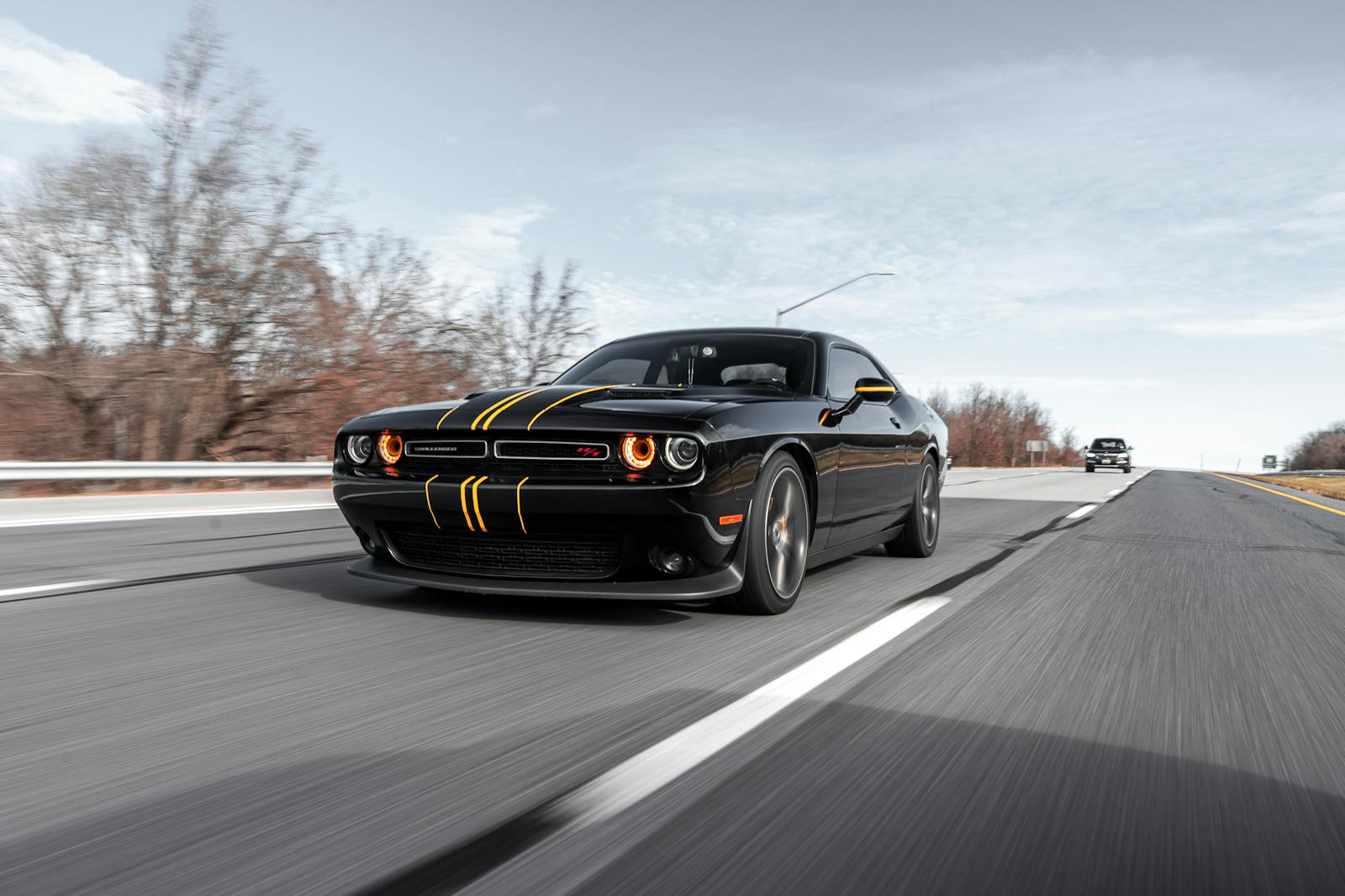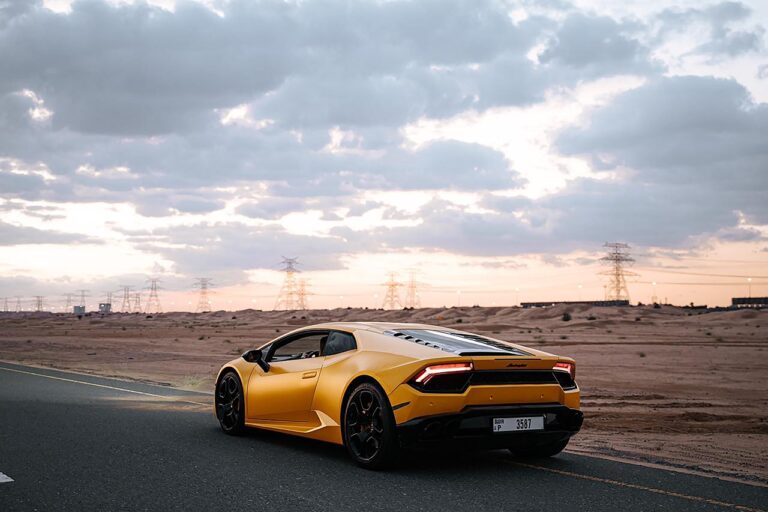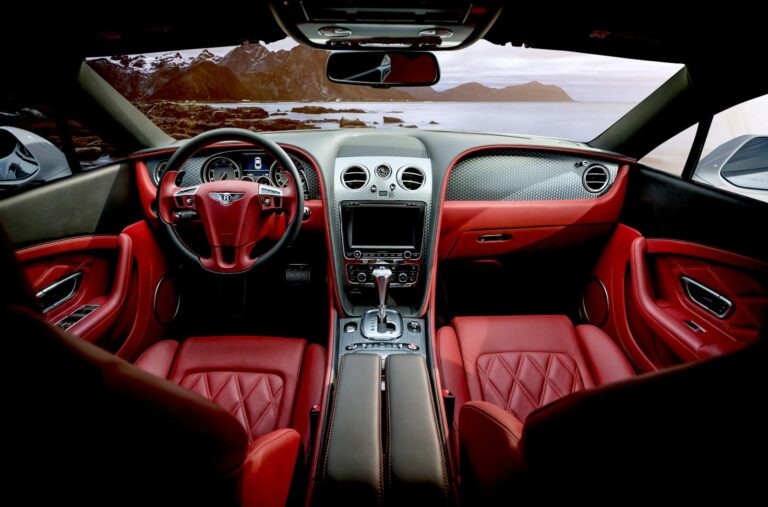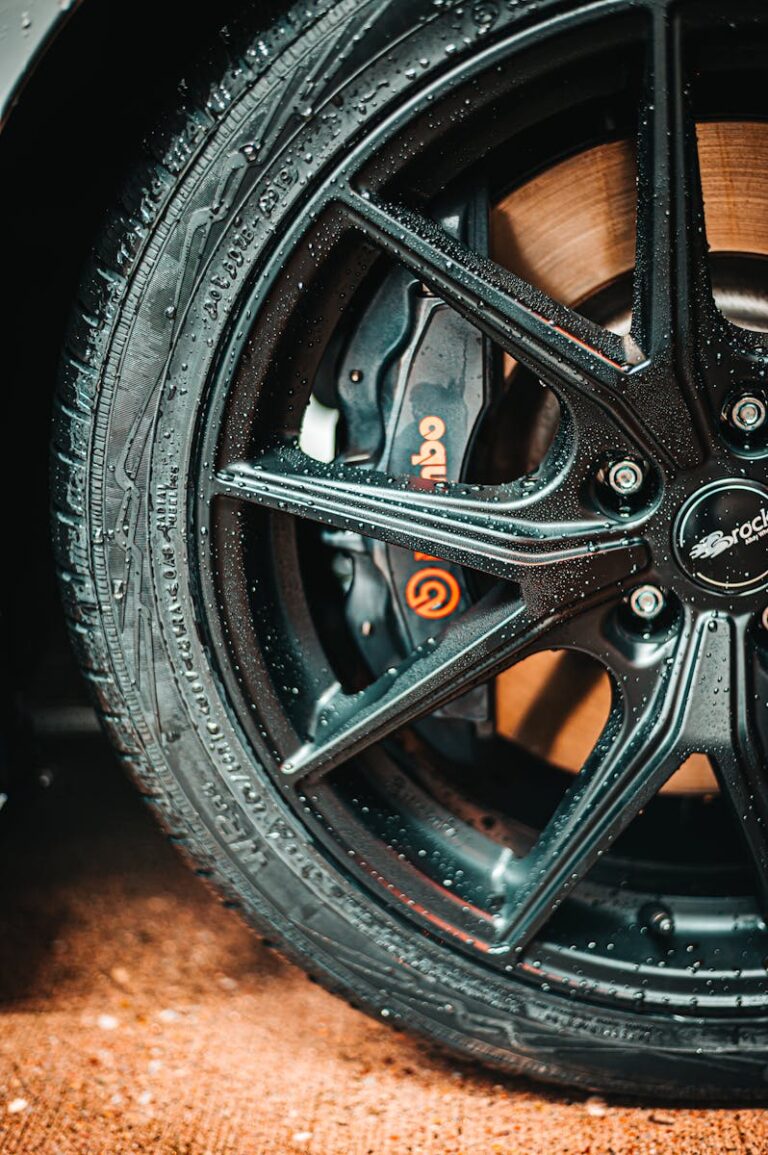The Rise and Fall of Detroit’s Muscle Car Era: A Complete History
In the automotive world, few periods capture the imagination quite like the American muscle car era of the 1960s and early 1970s. This uniquely American phenomenon represented more than just powerful engines stuffed into everyday cars – it embodied the nation’s post-war optimism, industrial might, and youth culture. From the streets of Woodward Avenue in Detroit to small-town drag strips across the country, these high-performance machines transformed American car culture and created a legacy that continues to influence automotive design today. Through a combination of innovative engineering, clever marketing, and perfect timing, Detroit’s automakers unleashed a horsepower war that would produce some of the most iconic vehicles ever to roll off an assembly line. Yet, like the screech of tires at the end of a quarter-mile run, this golden age of performance would come to an abrupt halt, leaving behind a story of ambition, excess, and adaptation that defines a pivotal moment in automotive history.
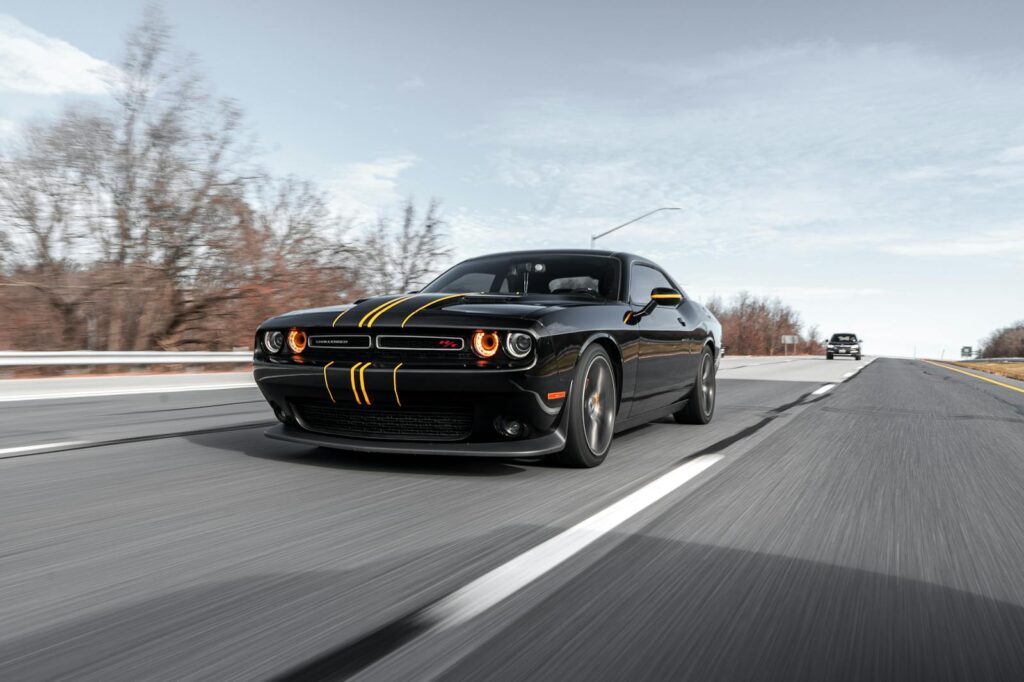
The Birth of American Muscle (1964-1967)
When John DeLorean and his team at Pontiac dropped a massive 389-cubic-inch V8 engine into the modest Tempest in 1964, they didn’t just create a new car – they launched an automotive revolution. The resulting Pontiac GTO, affectionately dubbed “The Goat” by enthusiasts, marked the official beginning of the muscle car era. This bold move effectively bypassed General Motors’ internal rules limiting engine size in midsize cars, setting the stage for a high-performance arms race that would define American car culture for the next decade.
The timing couldn’t have been better. America’s post-war economic boom had created a young, affluent generation hungry for speed and style. With disposable income in their pockets and gasoline prices hovering around 30 cents per gallon, these baby boomers were the perfect market for high-performance vehicles. The GTO’s success was immediate and staggering, with first-year sales reaching 32,450 units – more than triple Pontiac’s initial projections.
Ford and Chrysler quickly recognized the shifting market dynamics. By 1965, Ford had introduced the Mustang GT with its potent K-code 271-horsepower V8, while Chrysler unleashed the Plymouth Barracuda Formula S. These weren’t just cars; they were statements of American industrial might and engineering prowess, offering unprecedented performance at relatively affordable prices.
The formula was simple but effective: take a lightweight, mid-size car body, install the largest possible V8 engine, and price it within reach of young buyers. This approach created what automotive historian Joseph Chen calls “the democratization of performance.” Models like the 1966 Chevrolet Chevelle SS 396 and the 1967 Plymouth GTX proved that extraordinary performance wasn’t just for the wealthy anymore.
By the end of 1967, every major American manufacturer had at least one muscle car in their lineup. The competition drove rapid innovation, with horsepower figures climbing and quarter-mile times dropping seemingly every month. The 1967 Pontiac GTO, now available with the potent Ram Air package, remained the benchmark, but newcomers like the Mercury Cougar and Dodge Coronet R/T ensured that buyers had plenty of choices for their performance fix.
This period established the fundamental elements that would define the muscle car era: bold styling, powerful V8 engines, youth-oriented marketing, and most importantly, accessible pricing. It was a perfect storm of engineering ambition, market demand, and economic prosperity that would push American performance cars to new heights in the years to come.
Peak Performance Years (1968-1970)
If 1964-1967 laid the foundation for the muscle car era, then 1968-1970 represented its towering pinnacle. These three years witnessed an unprecedented surge in horsepower, engineering innovation, and market competition that would forever define American performance cars. As Joseph Chen notes, “This was Detroit’s moonshot moment – when engineering boundaries were pushed beyond what many thought possible.”
The 1968 Plymouth Road Runner exemplified the period’s bold approach. By combining a no-frills package with the mighty 426 Hemi engine, Plymouth created a car that delivered supercar performance at a working-man’s price point. The Warner Bros.-licensed “beep-beep” horn and cartoon mascot perfectly captured the era’s playful attitude, while its 13.5-second quarter-mile times earned serious respect on the street.
Chevrolet answered with the 1969 Chevelle SS 396, but it was their legendary COPO (Central Office Production Order) Camaros that truly showcased the era’s excess. These special-order vehicles could be equipped with the aluminum-headed 427 engine, creating what many consider the ultimate street-legal muscle car. Only 69 were built, making them among the most valuable collector cars today.
The horsepower wars reached their zenith in 1970. The Chrysler 426 Hemi, Chevrolet 454 LS6, and Ford 429 Cobra Jet engines all produced well over 400 horsepower – numbers that wouldn’t be matched by American manufacturers for another three decades. The Plymouth Hemi ‘Cuda, Chevelle SS 454, and Ford Mustang Boss 429 represented the pinnacle of muscle car development, offering performance that rivaled exotic European sports cars at a fraction of the price.
Technology advanced rapidly during this period. Innovations included:
- Ram Air induction systems
- Functional hood scoops and air extractors
- Heavy-duty suspension packages
- Four-wheel disc brakes on premium models
- Limited-slip differentials
- Racing-inspired gauge packages
Marketing became increasingly sophisticated as manufacturers targeted specific buyer demographics. The Plymouth Road Runner aimed at budget-conscious performance enthusiasts, while the Pontiac GTO Judge courted affluent buyers with its unique styling and premium features. Each muscle car developed its own personality and buyer tribe.
Performance reached new heights, but so did insurance premiums. By 1970, many insurance companies had begun charging astronomical rates for high-horsepower vehicles, particularly for younger drivers. A 20-year-old male could expect to pay nearly half the car’s purchase price in annual insurance premiums for a new Hemi ‘Cuda – an early warning sign of the challenges that lay ahead.
The muscle car culture also peaked during these years. Drive-in restaurants became unofficial showrooms, street racing flourished (despite its illegality), and weekend drag strips drew massive crowds. Car magazines like Hot Rod and Car Craft regularly posted record-breaking quarter-mile times, while manufacturers competed fiercely for bragging rights and sales supremacy.
The Rapid Decline (1971-1974)
Like a high-performance engine running out of fuel, the muscle car era’s end came swiftly and definitively. The introduction of the Clean Air Act in 1970 marked the beginning of a perfect storm that would fundamentally transform American performance cars. “It wasn’t just one factor that killed the muscle car,” explains Joseph Chen. “It was a cascade of regulatory, economic, and social changes that made the high-performance V8 formula unsustainable.”
The first major blow came from the EPA’s mandate for lower emissions. Manufacturers struggled to meet these new requirements while maintaining performance. The result was a dramatic decrease in compression ratios and horsepower ratings. The 1971 Chrysler 426 Hemi, once rated at 425 horsepower, now struggled to produce 350 horsepower with mandatory emissions equipment.
Insurance companies delivered the second critical hit. By 1971, many providers had implemented “youth surcharges” of up to 300% on high-performance vehicles. Here’s what this meant in real terms:
- A base 1971 GTO cost approximately $3,500
- Annual insurance for drivers under 25: $1,200-$1,800
- Insurance costs often exceeded car payments
- Some companies refused to insure muscle cars altogether
The death blow came with the 1973 OPEC oil embargo. Consider these dramatic changes:
- Gas prices doubled within months
- Fuel shortages led to rationing in many states
- Average wait time at gas stations: 2-3 hours
- Public perception shifted strongly against “gas-guzzlers”
Manufacturers scrambled to adapt, but their solutions pleased few enthusiasts. The 1974 Pontiac GTO, now based on the compact Ventura platform, offered just 200 horsepower – less than half its 1970 output. The legendary Plymouth Road Runner became little more than a appearance package for the mundane Satellite, while the Dodge Charger transformed from a performance icon to a personal luxury car.
By 1974, the transformation was complete. Performance numbers tell the stark story:
- 1970 Chevelle SS 454: 13.1 seconds (quarter-mile)
- 1974 Chevelle SS: 16.5 seconds (quarter-mile)
- Average horsepower drop: 40-50%
- Fuel economy became the primary selling point
The muscle car era’s end marked more than just the decline of high-performance vehicles. It represented a fundamental shift in American car culture. The optimistic, performance-at-any-cost mindset of the 1960s gave way to a more practical, efficiency-focused approach that would dominate the remainder of the 1970s.
Yet the legacy of this brief but intense period continues to influence automotive design today. Modern vehicles like the Dodge Challenger Hellcat and Chevrolet Camaro ZL1 draw direct inspiration from their muscle car ancestors, proving that while the original muscle car era may have ended, its spirit never truly died.
Conclusion: The Lasting Impact of Detroit’s Muscle Car Legacy
The American muscle car era may have lasted just a decade, but its influence continues to reverberate through the automotive industry more than 50 years later. While the original muscle cars fell victim to changing regulations, economic realities, and shifting consumer preferences, they established a performance blueprint that manufacturers still follow today. Modern vehicles like the 700-horsepower Dodge Challenger Hellcat and the track-focused Chevrolet Camaro ZL1 prove that the spirit of the muscle car era lives on, albeit with contemporary technology and safety features their predecessors could only dream of.
Perhaps most importantly, these vehicles represented something larger than mere transportation. They embodied American optimism, industrial capability, and the democratization of performance. As Joseph Chen reflects, “The muscle car era showed us what’s possible when engineering ambition meets market opportunity. Today’s performance cars may be more sophisticated, but they still chase the same fundamental goal: delivering extraordinary performance to ordinary people.”
The rise and fall of Detroit’s muscle car era serves as both a cautionary tale about the fragility of success and an inspiring reminder of American ingenuity. While the original muscle car era ended in 1974, its influence can be seen in every modern performance car that prioritizes straight-line speed, distinctive styling, and accessible pricing. In that sense, the muscle car never truly died – it just evolved.
